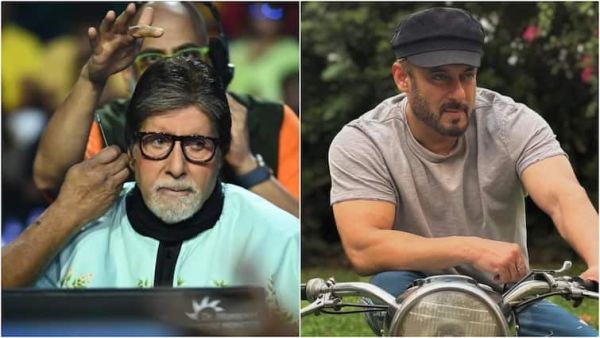The secret behind Charlie Chaplin's iconic walk
04 Jul 2025
Charlie Chaplin's iconic walk, with its exaggerated movements and playful rhythm, continues to define his illustrious career.
The unique gait fascinated audiences for decades, a testament to the creative genius of Chaplin's ability to convey humor with mere body language.
Exploring the techniques and influences that shaped this distinctive style, we get to appreciate the artistry behind it and how physical comedy can hold us captive.
Inspiration from vaudeville performers
Vaudeville influence
Chaplin's early exposure to vaudeville performers also contributed to his iconic walk.
The exaggerated gestures and physical comedy of vaudeville acts had a profound impact on Chaplin's sense of movement.
He keenly observed how performers relied on their bodies to convey humor without uttering a word, and adopted the same for himself.
Mastery of physical comedy techniques
Physical comedy skills
As a master of physical comedy techniques, Chaplin's control over his body was key to perfecting that unique walk.
The way he was able to control every single part of his body helped him make precise movements look natural and comical at the same time.
This control allowed him to exaggerate certain actions while maintaining the balance and fluidity, making every step a part of the comedy.
Costume design contributions
Costume impact
Chaplin's costume design also played a key role in defining his iconic walk.
The big shoes compelled him to walk awkwardly, while the tight jacket limited the movement of his arms, making it all the more funny.
These elements of the costume were intentionally selected to match Chaplin's performance style by emphasizing certain elements of his physical comedy.
Influence on modern performers
Lasting legacy
Chaplin's iconic walk continues to live on in modern performers who are still inspired by his work.
Many comedians watch Chaplin's films not just for their entertainment value but also as a means of learning timing, rhythm, and body language in comedy.
His legacy lives on through various forms of visual storytelling today, where physical expression is still key in keeping audiences engaged without relying solely on dialogue or special effects.









